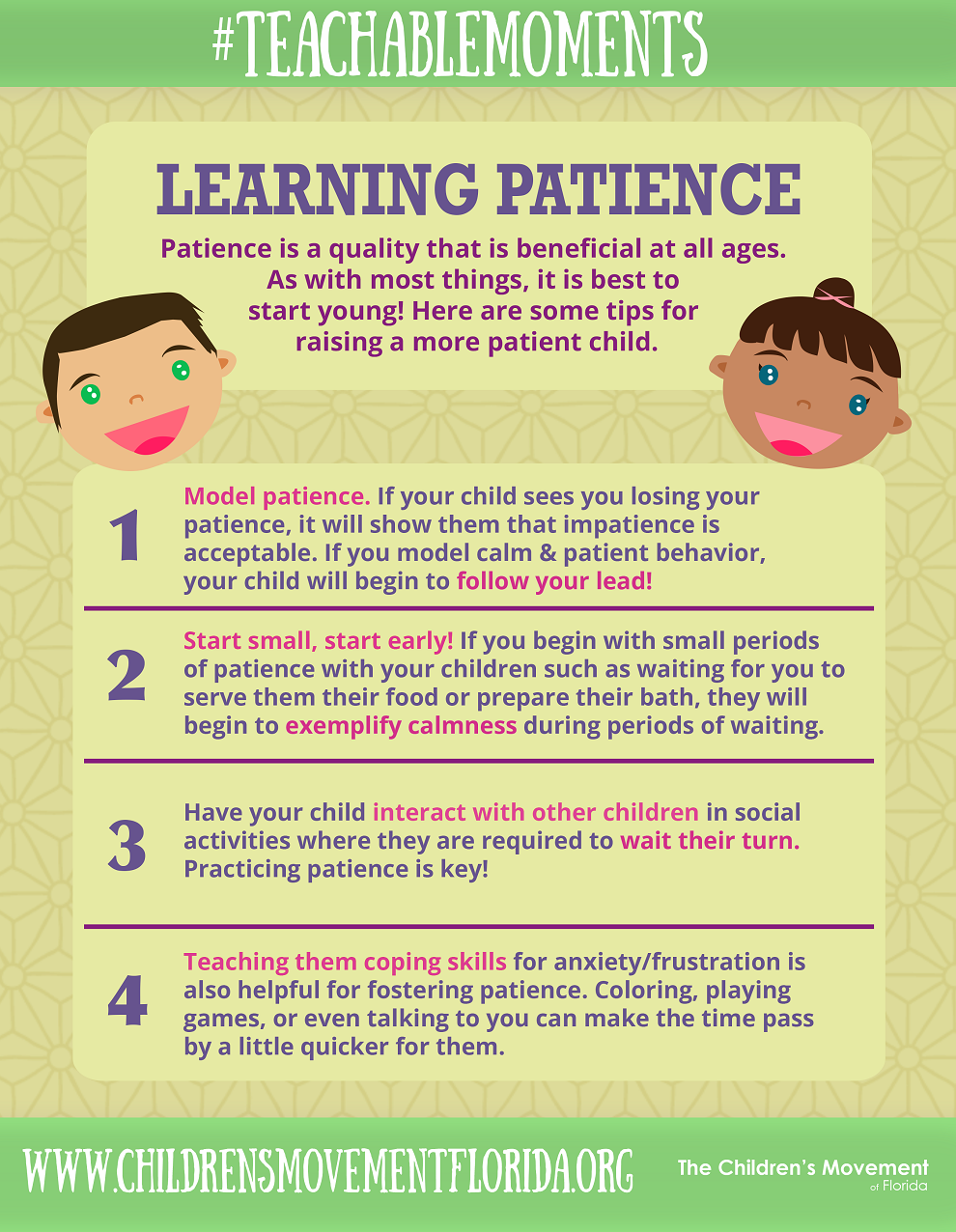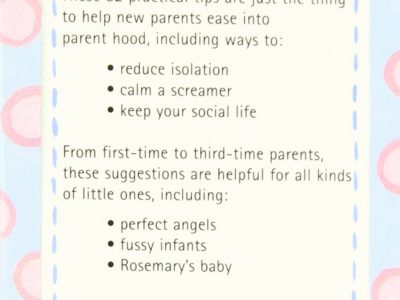
All kids are born with an impulsive indiscreet attitude, however, it is up to you to stretch your child’s patience and teach him how to become more tolerant.
There is a technique called patience-stretching which works amazingly well to teach little children to be more patient and less impulsive. It is very simple, all you have to do is teach them to wait a little bit more for the things they demand immediately.
To be true, most parents do the exact opposite of this technique and expect their children to become patient miraculously.
For instance, say you’re occupied and your 2-year-old pulls at your skirt for consideration. Most of us would respond, “Only a second, darling,” and finish what we’re doing. The problem is, this only teaches the child to nag you more!
This strategy is best utilized for all little children (even under 1-year-old).
The most effective method to Use the Patience-Stretching Technique
Important: To teach your child to be patient you should have something your child needs (food, a toy, and so forth.). When you have that, follow these easy tips:
For starters, almost hand her over what she wants. Suppose your 1-year-old whines and asks for juice. Stop what you’re doing and ask her again, “Juice! You need juice!” Start to give her the juice… BUT… then take a pause and pretend like you are looking for something to make her wait.
Next, the “result.” After only a couple of moments, turn around and promptly give your child the juice, lauding her, saying, “Good baby, good waiting!” Quickly compensating your kid’s understanding instructs her that holding up isn’t so terrible and that Mommy is always there to fulfill her promise.
Gradually, stretch the holding up time a little more and more (5 seconds, at that point 10… 30… 60, and so on.). On the off chance that you practice this consistently, your child will have the option to hold up a moment or (at least two) within a week. Patience-stretching will construct your tot’s poise… slowly and carefully.
You can even set up a timer clock for this practice. During a quiet period, show your baby how the clock functions: “See! Also, when Mr. Dinger says ding! (make it ring) and then Mommy will come back quickly!”
After a while, when your 3-year-old starts to nag you for something, tell him, “Sure!” and nearly offer it to him, then all of a sudden take a pause, “Wait! Only a second, darling! I need to go see Daddy. When Mr. Dinger rings I can give you the ____!” This way your little one will be persistent to wait.
At first, set the clock for 20 seconds. And then as soon as it rings, hop back in, give your kid a little commendation (“Hey, you’re getting good at waiting!”) and then fulfill your promise. Step by step increase the time from 20 seconds to a minute and so forth. Be that as it may, occasionally surprise your kid by 1) setting the clock for only 10 seconds (he’ll think, Wow, that moment passes by super quick). 2) Giving a twofold prize (“Hey, you stood by so well… here are 2 cookies!”). He’ll think, Wow, holding up is cool… Sometimes I get considerably more than I anticipated! Later in the day, tattle to his teddy bear about his “extraordinary waiting” at sleep time, remind him what a great job he did showing patience that day.
How Is Patience-Stretching Not Testing Your Child’s Limits?
There is a tremendous distinction between patience-stretching and prodding. Prodding is the point at which you insult a child by offering the thing he needs with no motive of giving it. “You need this, however, you can’t have it!”
In any case, with patience-stretching, you will give your child what he needs, you’re simply deferring it a piece. Little children find it rather exciting to anticipate appreciation or reward for something they have done.
























 How to Prepare Your Older Children for a New Baby
How to Prepare Your Older Children for a New Baby 




